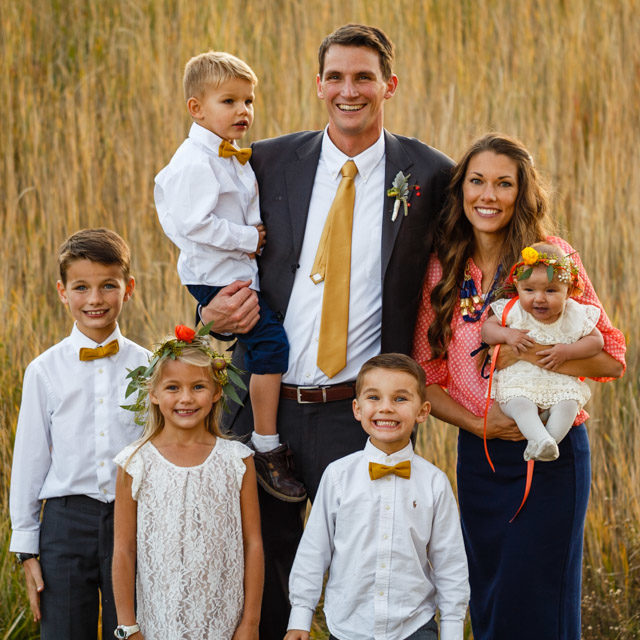Top Ten Marriage and Relationship Tips #7: Trade Independence for Interdependence
We live in a world where independence is the perceived goal of almost everyone, and the hoped-for outcome of everything we do. But there is something better. Much better!
It is interdependence!
In an interdependent marriage or relationship, two people essentially trade their independence for something better. They learn that, through total commitment and genuine love, a certain synergy can develop where the total is greater than the sum of its parts. Within the confidence and security of their marriage, they each drop their facades and egos and allow a vulnerability and accept each other’s help. They compensate for each other’s weaknesses, complement each other’s strengths, and create a new entity of oneness without losing their separate individuality. They develop a wonderful, almost magical interdependence that combines synergy, symbiosis, and synchronicity.
For more detail and how-tos on interdependence:
Painting by Brian Kershisnik










